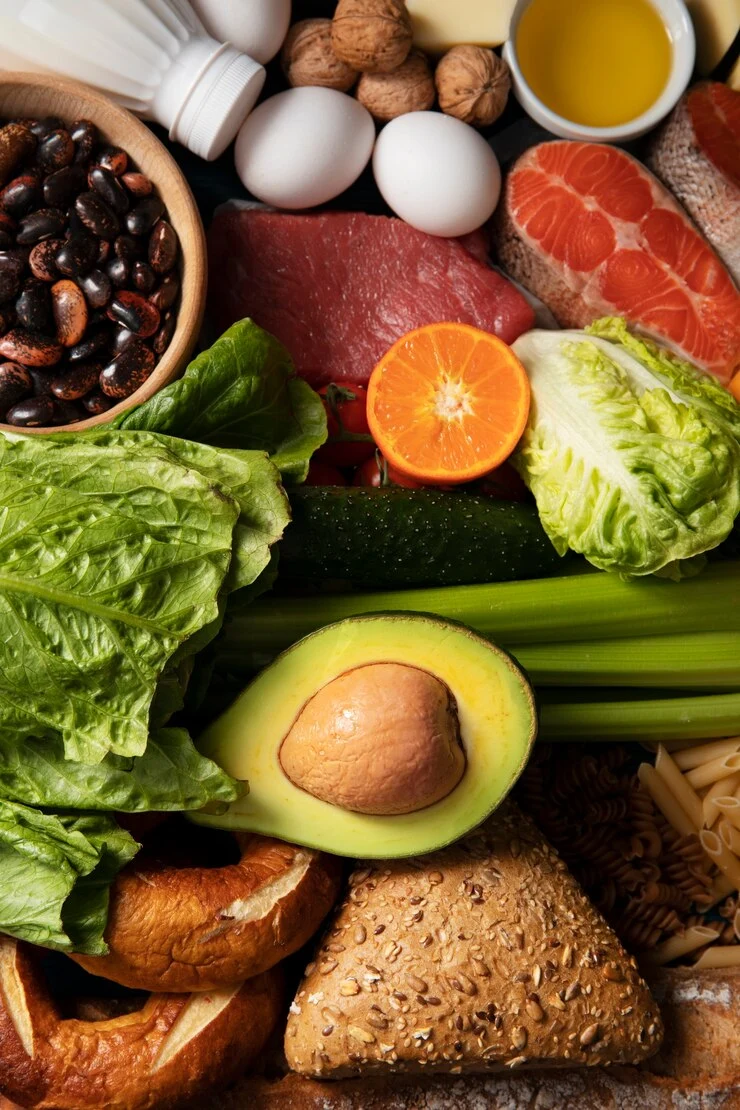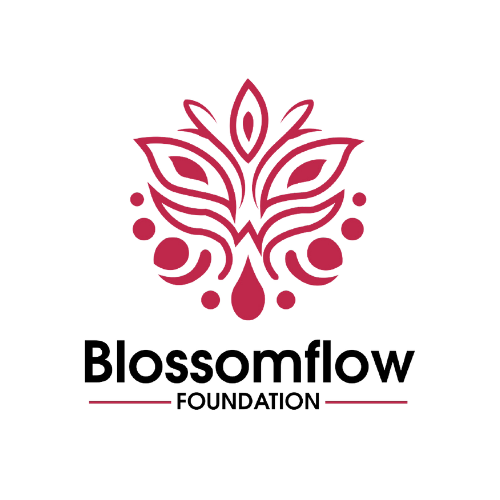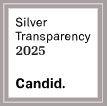
The Link Between Diet and Menstrual Health: Foods to Love and Foods to Avoid
Did you know that the food you eat can have a big impact on your menstrual health? From easing cramps to balancing your hormones, what you put on your plate can make a real difference in how you feel during your cycle. Whether you’re dealing with PMS, heavy periods, or discomfort, certain foods can support your body in a powerful way—while others might make things worse.
Let’s dive into the foods that can support your menstrual health and those you should avoid to keep your hormones balanced, reduce inflammation, and make your period experience more manageable. By choosing nutrient-rich foods, you can promote better menstrual health, ease cramps, and improve your overall well-being during your cycle. On the other hand, avoiding inflammatory and sugary foods can help prevent hormonal imbalances and reduce uncomfortable period symptoms. By focusing on the right foods, you’re taking an active step toward better menstrual health and a more comfortable cycle.
How Diet Impacts Your Menstrual Health
Your menstrual cycle is controlled by hormones, and your diet plays a crucial role in influencing these hormones, impacting your menstrual health. Certain foods can help support hormonal balance and promote better menstrual health, while others can trigger inflammation, bloating, and PMS symptoms like mood swings, cravings, and fatigue. The right diet can significantly improve menstrual health by reducing symptoms like cramps, heavy bleeding, and fatigue, while boosting your energy and mood. On the other hand, foods high in sugar, salt, and unhealthy fats can worsen these symptoms, leaving you feeling drained and negatively affecting your menstrual health.
The key is to focus on nutrient-dense foods that help keep your hormones balanced, reduce inflammation, and support overall menstrual health. Let’s break it down!
Foods to Love for Better Menstrual Health
1. Leafy Greens & Vegetables (Iron-Rich Foods)
During your period, you lose iron, so replenishing it is essential. Spinach, kale, broccoli, and other leafy greens are packed with iron and magnesium, both of which help to reduce cramps and fatigue. Magnesium also helps relax muscles, so it’s a great go-to for easing period cramps.
2. Berries & Citrus (Vitamin C Boost)
Vitamin C is not only great for your immune system, but it also helps with iron absorption. So, loading up on berries, oranges, kiwi, and other citrus fruits can give you that extra boost of vitamin C while helping your body absorb the iron it needs during your period.
3. Fatty Fish (Omega-3s)
Salmon, mackerel, and sardines are rich in omega-3 fatty acids, which are known for their ability to reduce inflammation. Omega-3s help alleviate cramps, decrease bloating, and can even improve mood. So, make these fatty fish a regular part of your diet, especially during your period phase.
4. Whole Grains (Complex Carbs)
Whole grains like quinoa, oats, brown rice, and whole wheat are rich in complex carbohydrates and fiber, which help stabilize blood sugar levels and reduce irritability. They also provide a steady source of energy, which is crucial when you’re feeling drained during your period.
5. Nuts & Seeds (Healthy Fats & Magnesium)
Almonds, walnuts, chia seeds, and flaxseeds are great sources of healthy fats, magnesium, and fiber. These helps support hormonal balance and reduce PMS symptoms, such as mood swings and cravings. Flaxseeds, in particular, are rich in lignans, which help balance estrogen levels.
6. Herbal Teas (Soothing & Anti-Inflammatory)
Herbal teas like ginger tea, chamomile, and peppermint are not only soothing but also help reduce inflammation and cramps. Ginger can also help alleviate nausea and bloating, making it a great choice if you’re feeling uncomfortable during your cycle.
Foods to Avoid for Better Menstrual Health
1. Refined Sugar
While it might be tempting to reach for something sweet, refined sugar can trigger inflammation and cause blood sugar spikes and crashes. This can lead to mood swings, fatigue, and increased PMS symptoms. Avoid sugary snacks, sodas, and desserts that offer little nutritional value.
2. Salty Foods (Processed & Fast Food)
Excessive salt can contribute to bloating and water retention, which can make you feel even more uncomfortable during your period. Fast food, chips, canned soups, and processed meats tend to be high in salt, so try to avoid them, especially leading up to and during your period.
3. Caffeine
While a cup of coffee might seem like a good idea to get you through the day, caffeine can actually make cramps worse by constricting blood vessels. It can also lead to dehydration, which makes bloating and fatigue worse. Opt for herbal teas or decaffeinated drinks instead.
4. Dairy (For Some People)
Dairy products like milk, cheese, and yogurt contain prostaglandins, which can increase inflammation and cramping in some people. If you’re sensitive to dairy, try swapping for plant-based options like almond or oat milk, which tend to be less inflammatory.
5. Alcohol
Alcohol can contribute to hormonal imbalances and affect the way your body processes estrogen. It can also lead to dehydration, making bloating and fatigue worse during your period. If you drink, try to keep it moderate, and focus on staying hydrated with water and herbal teas.
Practical Meal Plans & Recipes to Try During Your Menstrual Cycle
Your diet doesn’t need to be complicated! Here’s a simple meal plan you can follow during different phases of your menstrual cycle to stay energized and balanced:
Follicular Phase (Day 1–14)
Breakfast: Oatmeal with chia seeds, almond butter, and fresh berries.
Lunch: Grilled salmon salad with leafy greens, avocado, and quinoa.
Dinner: Stir-fried tofu with broccoli, carrots, and brown rice.
Ovulation Phase (Day 14–16)
Breakfast: Scrambled eggs with spinach and whole-grain toast.
Lunch: Chicken wrap with avocado, mixed greens, and a lemon-tahini dressing.
Dinner: Grilled mackerel with sweet potato and steamed green beans.
Luteal Phase (Day 17–28)
Breakfast: Greek yogurt with flaxseeds, walnuts, and banana.
Lunch: Lentil soup with leafy greens and whole-grain crackers.
Dinner: Baked salmon with roasted vegetables and quinoa.
Menstrual Phase (Day 1–5)
Breakfast: Smoothie with spinach, berries, flaxseeds, and almond milk.
Lunch: Veggie and chickpea curry with brown rice.
Dinner: Salmon and roasted sweet potatoes with sautéed kale.
Conclusion
Eating for a Happier Period: What you eat can have a huge impact on how you feel during your period. By choosing nutrient-rich, anti-inflammatory foods and avoiding processed, sugary, and salty options, you can help your body stay balanced and support your menstrual health.
Whether you’re looking to ease cramps, manage PMS, or just feel better overall, small changes to your diet can make a big difference. So, next time you’re meal planning, remember to keep your hormones in mind—and love your body by fueling it with the foods that help you feel your best.
All Categories
Recent Posts
True Stories of Period Poverty From Africa
She Was Just a Girl: The Untold Realities of Child Marriage
Tags
Give them a helping hand
Every donation fuels our mission to combat period poverty. Your generosity brings us closer to menstrual equity.
+234-909-482-1642
inquiries@blossomflow.org




